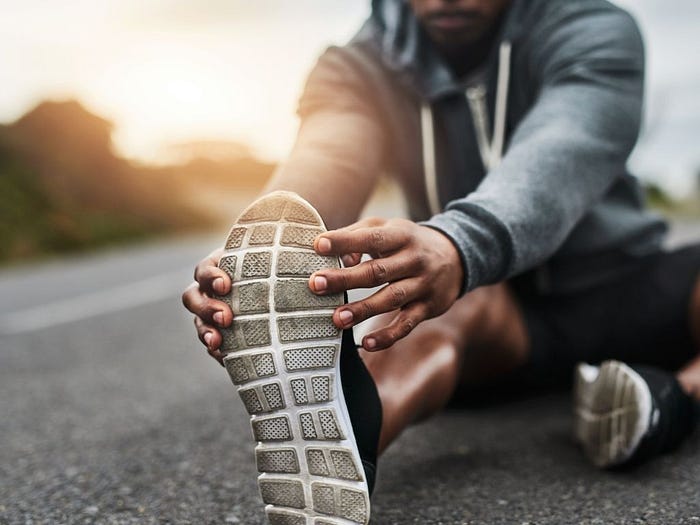The stretch reflex is key to how muscles work and stay coordinated. It helps keep your body stable and in the right position during different activities. This happens when a muscle stretches more than usual, which sets off sensory receptors called proprioceptors.
These proprioceptors have muscle spindle fibers that notice the stretch. They send signals to the spinal cord about the muscle’s length. This leads to a muscle contraction that helps protect against injury. Knowing about the stretch reflex can make you more aware of your body’s movements. This can improve your training and recovery.
Understanding the Stretch Reflex
The stretch reflex, also known as the myotatic reflex, is key to keeping your muscles toned and moving smoothly. When you stretch a muscle, special sensors called muscle spindles notice the stretch. These sensors send signals to your spinal cord, which is the main control center for quick reflexes.
After getting the signal, your spinal cord sends a message to alpha motor neurons. This causes the stretched muscle to contract quickly without you thinking about it. This quick action helps you stay balanced and coordinated during activities like running or lifting.
The deep tendon reflex is a type of muscle stretch reflex. Tapping a tendon makes your muscle contract involuntarily. This shows how important the reflex is for controlling muscles and moving efficiently. Knowing about these reflexes can improve how you train and recover, showing the muscle stretch reflex’s role in daily life.
Key Components of the Muscle Stretch Reflex
The muscle stretch reflex has several key parts that work together for effective movement. Proprioceptors are important sensors that give real-time feedback on muscle length and tension. Inside these proprioceptors, spindle fibers play a big role. They detect changes in muscle stretch, which is key for the reflex.
How your movements are controlled is crucial for processing signals from spindle fibers. These signals go through the central nervous system, where they are understood. Then, signals go back through efferent pathways to start a muscle response. This complex process helps keep your movements precise and adaptable, making it easier to handle different physical tasks.
The Importance of the Stretch Reflex in Movement
The stretch reflex is key for smooth and coordinated movements. It causes muscles to contract without you thinking about it. This helps your body react fast to sudden changes in muscle length. It’s crucial for keeping your balance and posture, especially when you’re moving a lot.
Using the stretch reflex in your daily life and sports training can lower the chance of getting hurt. It helps improve how well your body moves. This reflex helps with muscle coordination, making your movements more efficient and effective.
Many athletes use special training to boost their stretch reflex. These exercises make muscles more elastic and quick to react. This leads to better performance. Knowing about the stretch reflex helps you develop better ways to move safely and effectively in sports.
Conclusion
The stretch reflex is key to our body’s ability to stay stable and move smoothly. It’s a fast way our body reacts to changes, keeping us balanced and coordinated. When a muscle gets stretched, our spinal cord quickly makes it contract. This shows how well our body is designed to work together.
Learning about the stretch reflex helps us understand how our body handles physical tasks. This is crucial for improving sports skills or just moving better every day. You can change your workout plans to make your muscles work better under different conditions.
Knowing how proprioceptors and neural pathways work helps us move better. These parts of our body make sure we move right. By using the stretch reflex to our advantage, we can improve our physical skills. This leads to better performance in sports and daily activities.












